It is a spicy goulash, which is traditionally prepared with chicken or chicken and vegetables.
It is one of the most popular dishes in Côte d'Ivoire.
Kedjenou (also called kedjenou poulet and kedjenou de poulet) are usually cooked slowly in canari a traditional clay pot that has the shape of a cup with a narrow hole. Côte d'Ivoire is in fact known for its ceramics made from high quality clay from the Savanes districts of Boundiali and Korhogo. The slow cooking of this porous clay allows the end result to retain its porous properties and at the same time offers a material with high heat resistance and therefore produces a number of kitchen appliances such as canaries, but also vases and jars.
The canaries, which are sealed with banana leaves and rope, are placed on fire or charcoal to cook.
Although cooking methods often vary, most do not require the addition of liquid to cook the chicken in its own juice, which helps to soften the meat and concentrate flavors. This technique is very similar to the etouffée technique used in tagina from North Africa, where the moisture comes mostly from onions and meat.
During the stewing of the chicken, it is important to shake the pot vigorously so that the meat does not stick to the bottom in the bowl. Interestingly, kedjenou means "shake inside" in Baoulé. The food may in fact come from Baoulé, an important ethnic group in central Côte d'Ivoire.
Sometimes kedjena is cooked in wrapped and sealed banana leaves placed and buried in hot coals instead of cooking in a canary.
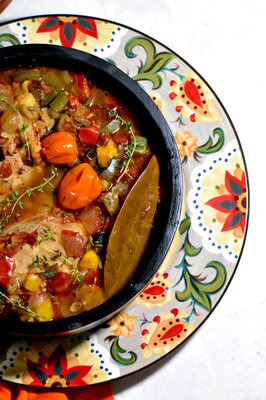 In Côte d'Ivoire, kedjena is traditionally served with rice or attiéké.
In Côte d'Ivoire, kedjena is traditionally served with rice or attiéké.
Attiéké (also spelled acheke) is a side dish from cassava root (cassava). It is prepared from fermented manioc pulp that has been grated or granulated. Dried attic has a texture very similar to couscous.
Traditional kedjenou will always contain tomatoes and eggplant in addition to onions, sometimes it can also contain other vegetables, such as okra or carrots. Ocher fruits look like small green peppers that are 5 to 10 inches long. It is a tasty, tender vegetable, which is known in our country as edible hibiscus. However, a good kedjenou will always be really spicy.
Kedjenou is a very simple goulash that requires only readily available ingredients. Even if you may not have a canary, you can completely prepare kedjena in a Dutch oven, or in a pot with a rough bottom, or tagine. You may or may not add oil, as the stewing technique allows you to cook without fat.
The word tajine, or tagine (الطاجين in Arabic) is not only a word for this North African dish, but also for a clay pot in which the dish is actually cooked.
The iconic conical tagine lid is what helps keep the steam that is generated during cooking inside the pot. As water is a scarce resource in North Africa's arid climate, tagine allows food to be cooked with minimal additional water and uses mainly the water contained in the ingredients, including onions.
The oldest records of the concept of cooking in Tagino appear in 1001 Arabian Nights (Alf layla wa layla), a famous collection of Arabic fairy tales from the 9th century. The tagine jars were originally placed over a charcoal fire, allowing the dishes to cook gently for several hours.

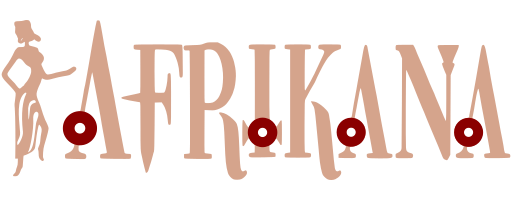
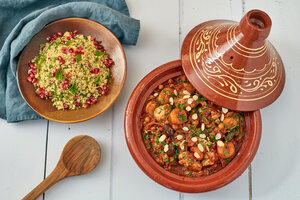
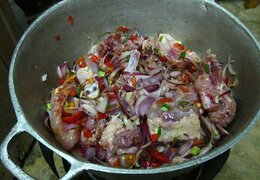
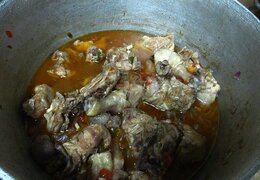
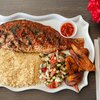
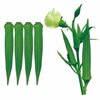
Commets 0
Add a comment